Universal decolonization
with 2% Chlorhexidine
Digluconate (CHG)
Swash away the harmful bacteria from your skin and hair

Hospitals around the world are fighting against Hospital Acquired Infections (HCAIs). These type of infections, also known as nosocomial infections, affect patients in a hospital or other healthcare facility, and are not present or incubating at the time of admission. If not treated, these infections can be life-threatening.
With the increase of invasive procedures, there are more cases of patients suffering from HCAIs. Bathing 21® is the key component in reducing transmission between care recipients, their caregivers and the environment. It is the person-bound body wash solution
for care-dependent people. Swash® Antiseptic offers a more hygienic body wash by using person-bound, single-use products instead of a traditional bed bath with soap, water, washcloths and towels.
Swash® Antiseptic products consist of moist wash gloves, wipes or antiseptic caps that guarantee a mild antiseptic body and hair wash by releasing a constant and consistent dose of 2% Chlorhexidine Digluconate (CHG).
The rinse-free antiseptic lotion dries quickly after the application, kills harmful bacteria on the skin, and eliminates a large range of microorganisms that cause infections.
Fast acting – long lasting
The anti-bacterial process with CHG occurs rapidly, typically starts killing bacteria within 20 seconds*. Thanks to the slow release of the CHG molecules, ensures a long lasting protection against bacteria (for at least 6 hours**).

* McDonnell, Gerald and A. Denver Russell. “Antiseptics and Disinfectants: Activity, Action and Resistance.” Clinical Microbiology Reviews 12.1 (1999): 147-79. ** Hibbard J. Analysis comparing the anti-microbial activity and safety of current antiseptics: a review. Journal of Infusion Nursing 2005; 28(3): 194-207.
Did you know that...
approximately 30% of patients in ICU (Intensive Care Unit) acquires at least 1 health care-associated infection?*


Swash® antiseptic products are tested according to international standards against the common bacteria that cause HCAIs. We performed extra testing to determine the action against multi-resistant bacteria such as MRSA, VRE and Extended Spectrum Beta-Lactamase (ESBL). The results indicate that our products are effective against many different pathogens following DIN EN 1500:2013 requirements.
Effectiveness against various pathogens
Bactericidal (gram-positive)
DIN EN 13727:2015-12
Bactericidal (gram-negative)
DIN EN 13727:2015-12
Yeasticidal
DIN EN 13624:2022-08
Bactericidal
DIN EN 1500:2013 + EC1-2013
Skin Decolonization
DGHM-standard (2002)
Skin Antiseptic
VAH method 13:2022
• Staphylococcus aureus
• Enterococcus hirae
• MRSA
• Enterococcus faecium VRE
• Escherichia coli
• Klebsiella pneumonia ESBL
• Pseudomonas aeruginosa
• Candida albicans
• Candida auris
• Bactericidal in practical use
• Skin decolonization in a 5 second rub on skin poor in sebaceous glands
Gram positive
• Staphylococcus aureus
• Enterococcus hirae
Gram-negative
• Escherichia coli K12
• Pseudomonas aeruginosa
Yeasticidal
• Candida albicans
How the Swash®
Bathing Gloves Antiseptic work...
- Bacterial burden present on the skin, such as MRSA, VRE and EBSL.
- Chlorhexidine Digluconate kills a range of gram-positive and gram-negative bacteria and yeast.
- It binds to the top layer of the skin, which results in persistent activity.
